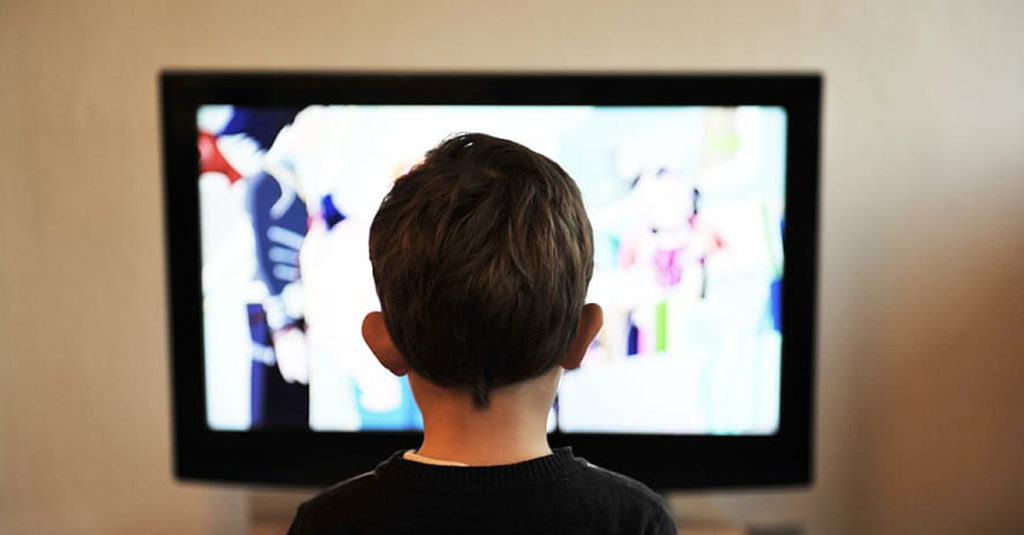
MUSCAT – Schools may have reopened, but unlike the norm – there are no school buses; no uniforms and no lunch packs — instead the schools are reaching homes through virtual screens. The ‘back to school’ adage is now replaced with ‘learn at home’ – the new normal. With the impact of the pandemic, uncertainty prevails about the school activities. The other common concern among parents is the prolonged screen time of their kids due to the online usage for learning apart from their playtime. Medically, it is known that excessive screen time can lead to eye dryness, irritation, fatigue, blurry vision, headaches and eyestrain.
Prevention is better
Prevention is always better and hence knowing some health tips to identify the digital eyestrains and learning how to minimise could come quite in handy. Prior to COVID, there was a lot of educational awareness, which helped to decrease the screen time but now, with the mushrooming of online teaching, things are going to get worse.
Digital eyestrains on the rise
Digital eyestrains are on the rise due to the prolonged exposure to mobile phones, tablets and laptops. Children generally complain of burning eyes resulting in watery eyes and then eventually dryness; frequent headaches; complaints of blurry vision or double vision, associated pain on the neck, shoulders and back which may further exacerbate to text-neck syndrome. These discomforts develop over a period of time and are mainly caused due to inadequate lighting, glaring on the screen, inappropriate viewing distances, poor posture and already existing vision problems.
Useful tips
Here are some of the useful tips to prevent high impacts of digital use.
Learning space: Choose a well-ventilated room in the house as kids learning space with good lighting.
Position: Comfortable seating arrangements and ergonomically designed furniture are good to prevent postural aches.
Safe distancing: Ensure the child sits at a safe distance from the screen. Ask the child to stretch his/her arm and then place the gadget. The arm should comfortable rest on the table.
Screen brightness: Adjust screen brightness preferably to a cool grey shade than bright colors. It is also recommended to add a blue filter to the smart gadgets.
Text size: It is ideal to increase the font size if the child is reading from the screen.
Frequent breaks: Teach kids to follow 20-20-20 rule. For every 20 minutes of onscreen viewing, kid should take a 20 second break to look at things almost 20 feet away.
Blinking: It is usual tendency that kids are hooked to the screen and forget to blink instead keep staring for long hours. Remind them to blink routinely.
Outdoor playtime: While schooling has increased screen time, parents should try to cut short the screen time from the usual entertainment onscreen like video games instead promote active outdoor play.
Conscious rewarding: Most parents commit the mistake of ‘more screen time’ as a reward for attending school or other activities. Avoid promising and promoting more screen time.
Simple eye exercises are also good to practice.
Up and down: Ask the kids to keep their head straight but only move the eyes and look at the roof and the floor for minimum 10 times.
Side to side: Ask the kid to move only their eyeballs from side to the other a minimum of 10 times.
Imagine a clock: Let the kid assume he/she has a large clock. Ask the kid to look at all the numbers in the clockwise and anticlockwise direction.
Games: Playing games like stringing the beads and clay modelling helps the kids to focus and also takes away their screen time.
Computer eyewear: If dryness and irritation persists it is good to visit the eye specialists and also wear protective computer eye wears with blue light filters recommended by them if need.
Good nutrition: As most of our health needs are not fulfilled until we focus on a balanced diet. Staying hydrated and emphasising nutritious food protects the eye health. As published in the Annual Review of Nutrition, consumption of green leafy vegetables rich in zeaxanthin and lutein will protect the eyes from bright lights and glares.
Keeping children away from gadgets in this era is challenging while learning happens through them. Preventing and protecting their eyes is a possible solution through small consistent best practices and education. Let’s raise our ‘Eye-Q’ along with the IQ.
Contributors:
Frincy Francis and Sheeba E J:
Frincy Francis and Sheeba are faculty working for the Maternal and Child Health Department, College of Nursing, Sultan Qaboos University. Being real time mothers as well as in the health care team, they chose to share tips to promote better eye health among children who are currently completely into virtual learning.

Disclaimer: the above article is not a substitute for independent professional advice. Nothing in the above article should be used as medical advice. Kindly consult an eye specialist to identify symptoms (if any) and obtain actual treatment.

0 Comments